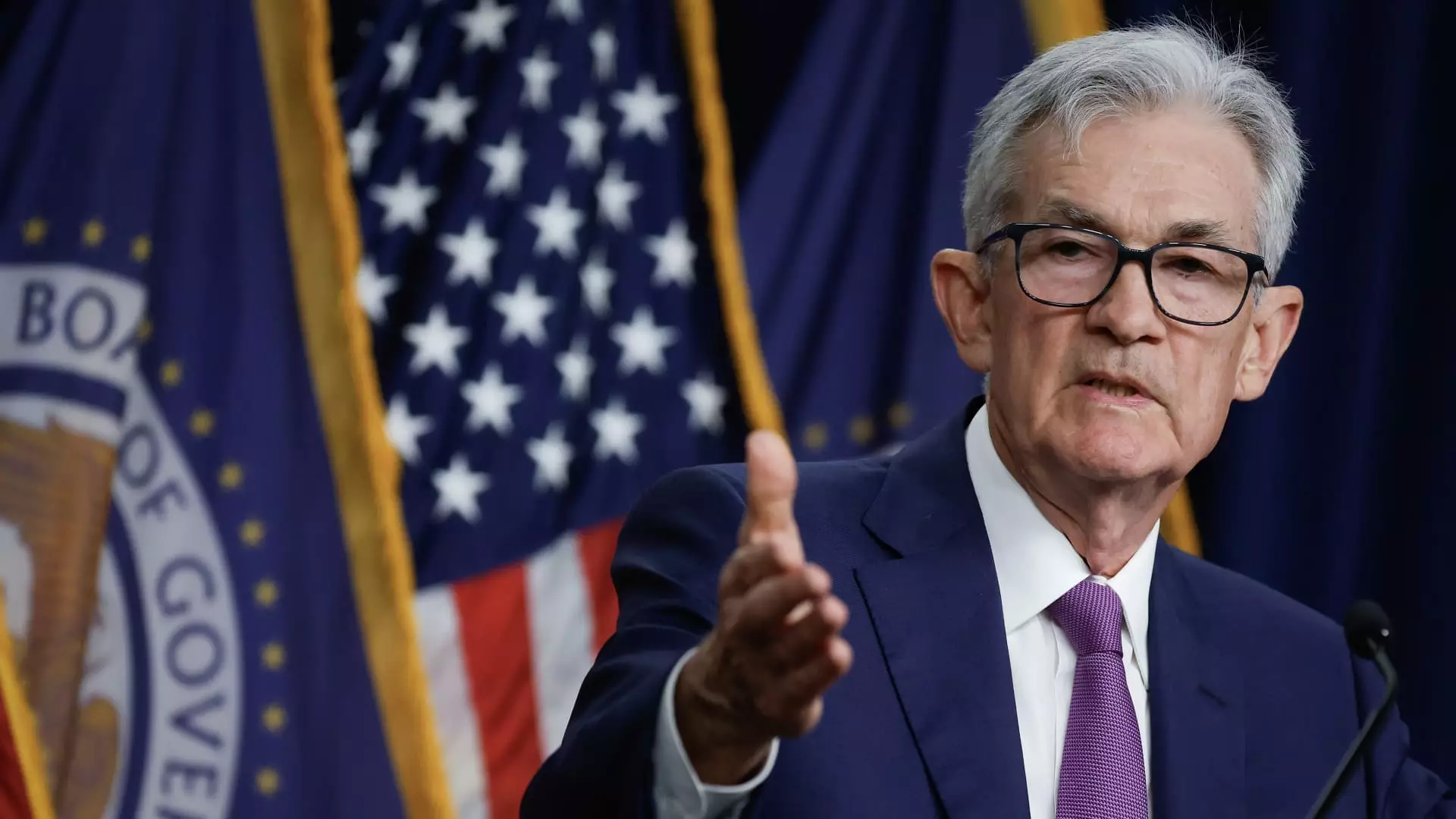As the anticipation for signals around rate cuts intensifies, the debate around how the Federal Reserve communicates with the public has become more intense. Economists are split on the number of rate cuts to expect from the Fed in 2024, despite what was perceived as dovish signals from Fed Chair Jerome Powell in his latest press conference and the Federal Open Market Committee’s most recent statement. Market responses to Fed comments are typically marked by price swings in either direction. Recent research indicates that these reactions are particularly pronounced when it comes to Powell. A study from the Center for Economic Policy Research revealed that market volatility during Powell’s press conferences was three times higher than during those of his predecessors. This heightened volatility is attributed to Powell’s tendency to diverge from the FOMC statement following the meeting.
The Call for Scenario-Based Communication
Andrew Levin, a professor of economics at Dartmouth College, believes that the Fed should shift towards communicating in terms of scenarios, risks, and contingency plans. He argues that the current environment of uncertainty necessitates a more nuanced approach to communication. Levin, who previously served as a special communications and monetary policy adviser to former Fed Chair Ben Bernanke, points out that the absence of dissenting views among policymakers has become increasingly rare. Instead of presenting a range of possible outcomes and risks, the Fed tends to focus on baseline cases. This approach is further complicated by the Fed’s data-dependent strategy, which leads to rapid changes in the baseline outlook in response to new economic data releases. According to Levin, the lack of diversity in views within the Fed limits the public’s understanding of the central bank’s assessment of risks and uncertainties.
The Culture of Consensus at the Federal Reserve
Levin highlights a shift within the Fed towards discouraging dissent among policymakers. He suggests that peer pressure and a changing culture within the institution have led to a scenario where dissenting views are rare, and the emphasis is placed solely on the baseline outlook. This lack of diversity in perspectives limits the public’s ability to grasp the full range of potential risks and outcomes considered by the Fed. The absence of dissenting views in policy statements, despite spirited debates revealed in FOMC minutes, has raised questions about the transparency and openness of the Fed’s decision-making process. Powell himself was recently questioned about the lack of dissenting views in policy statements, highlighting the ongoing challenges faced by the Federal Reserve in effectively communicating its decisions to the public.


Leave a Reply